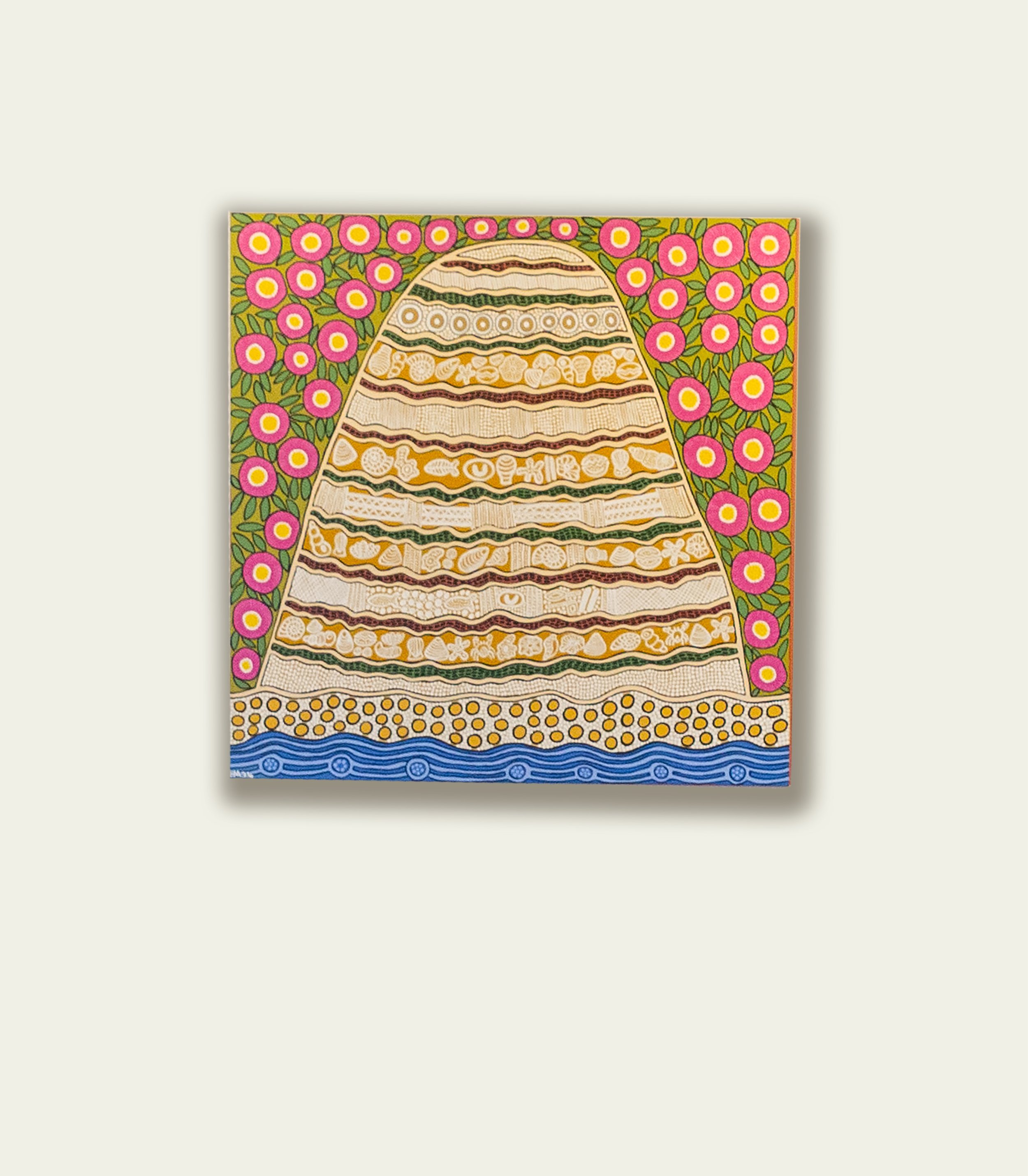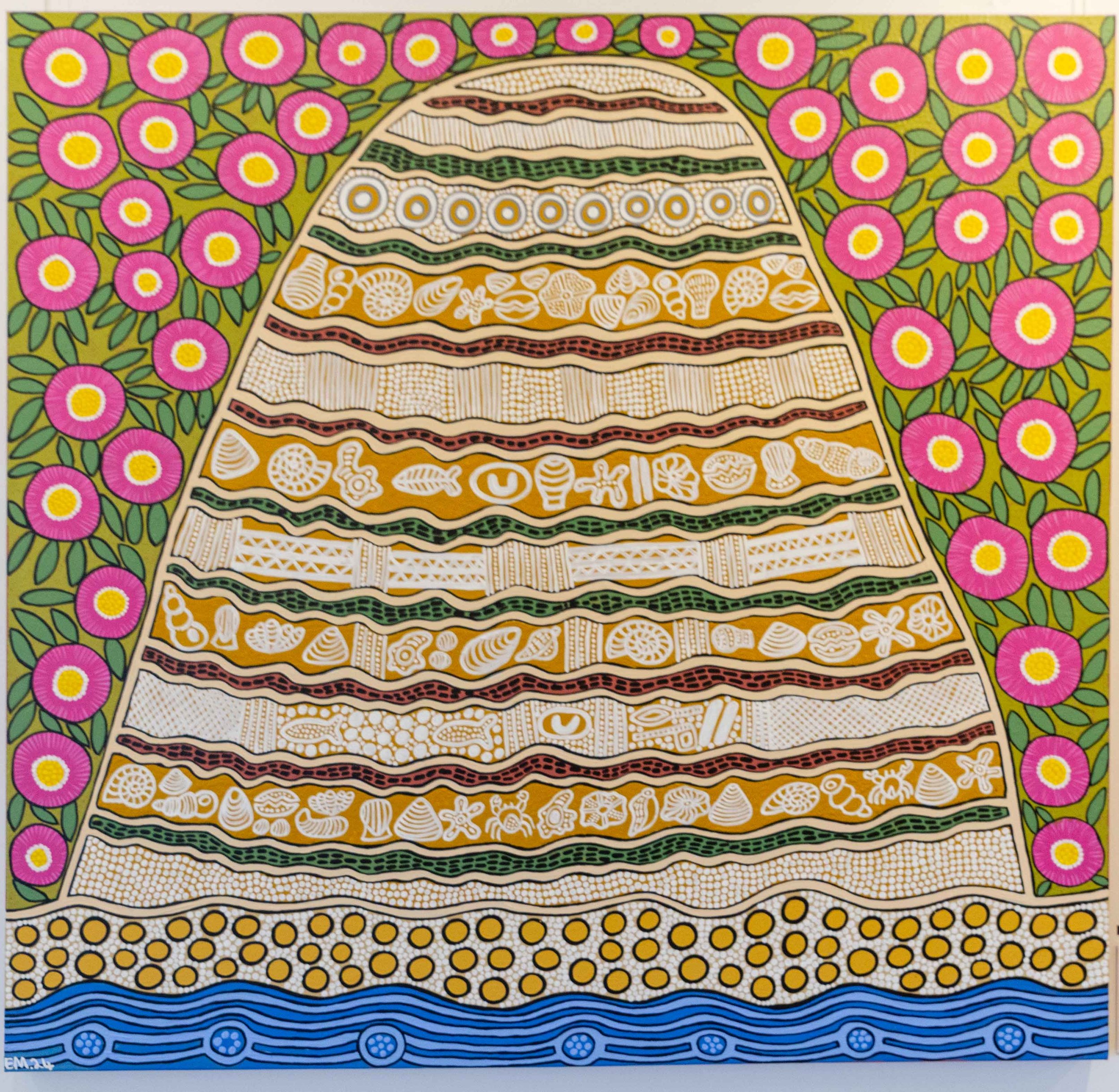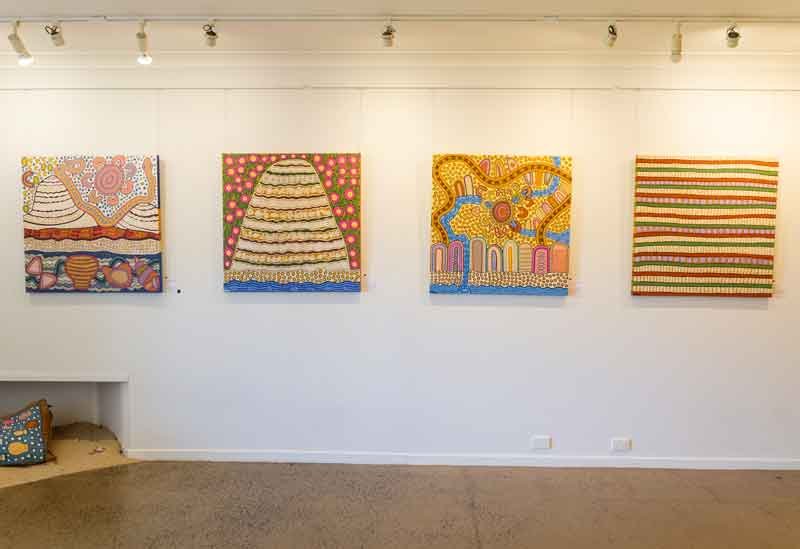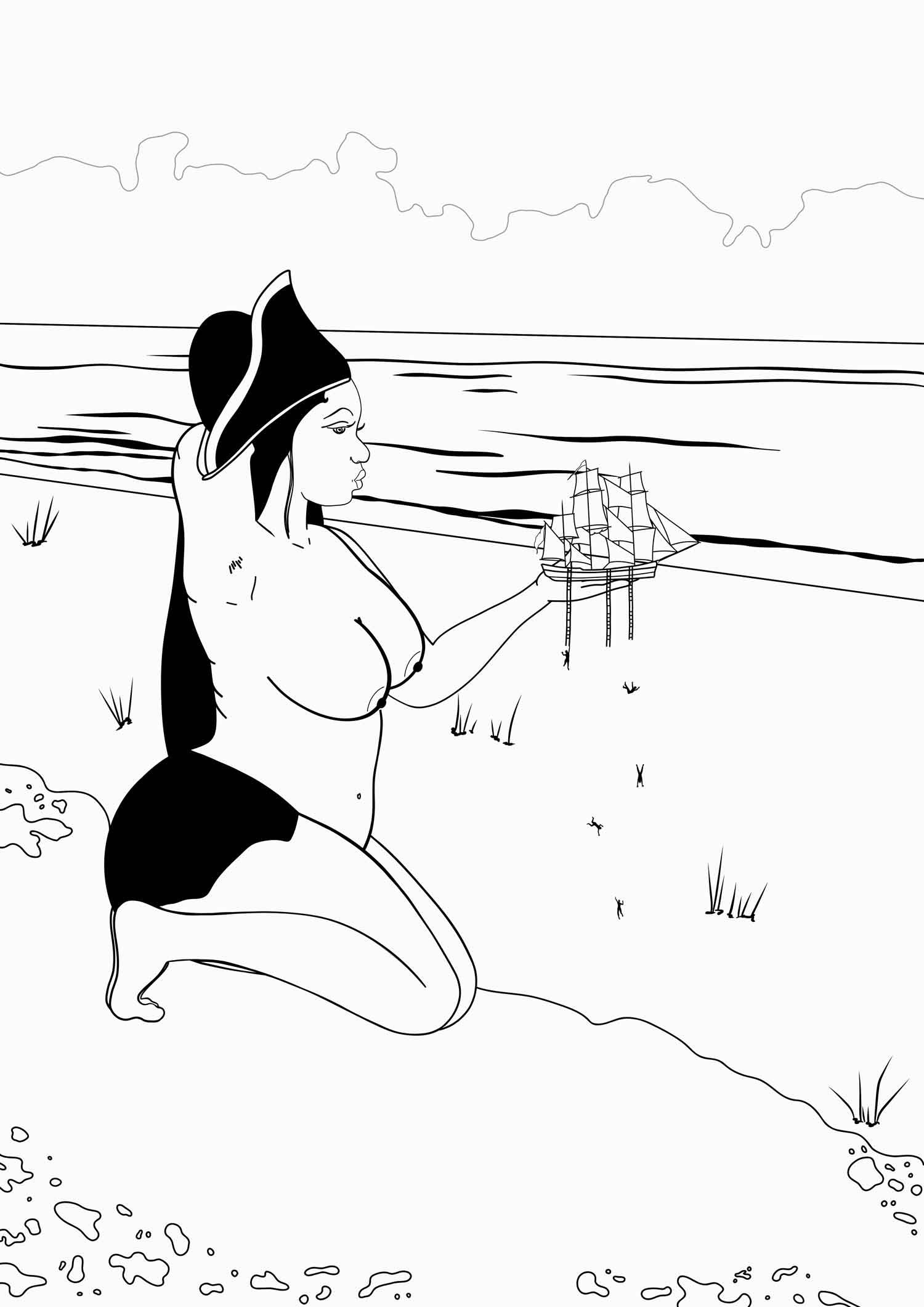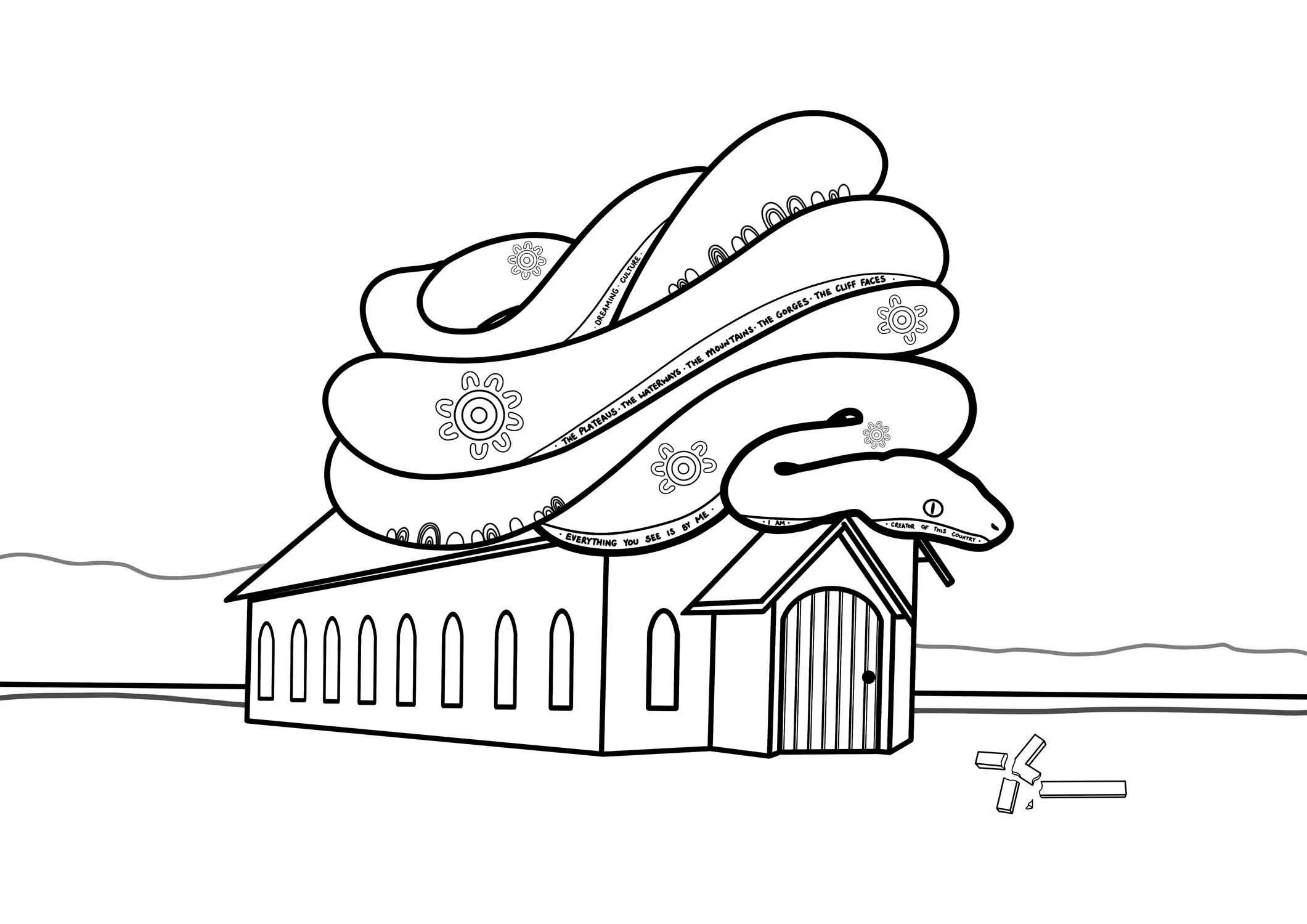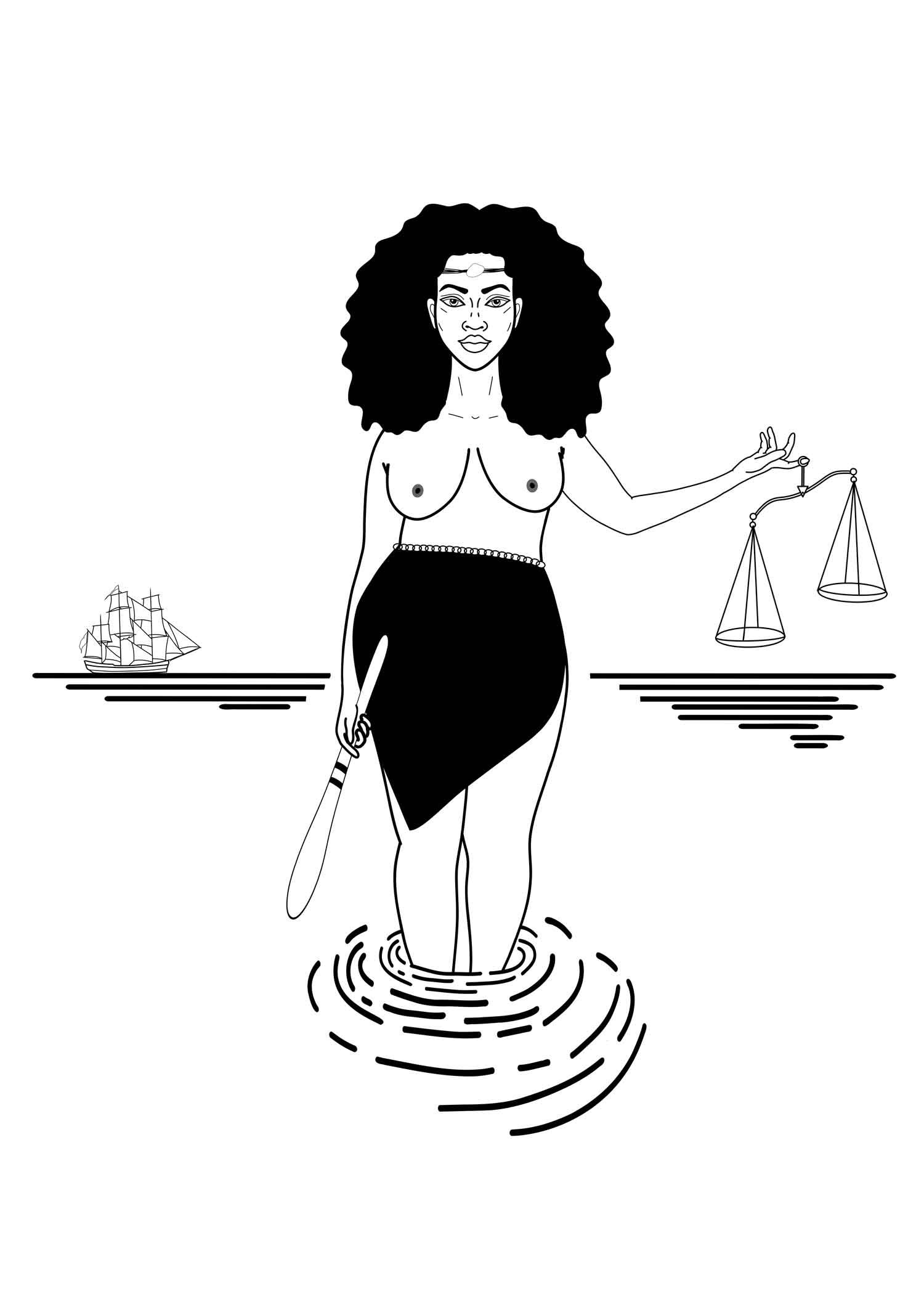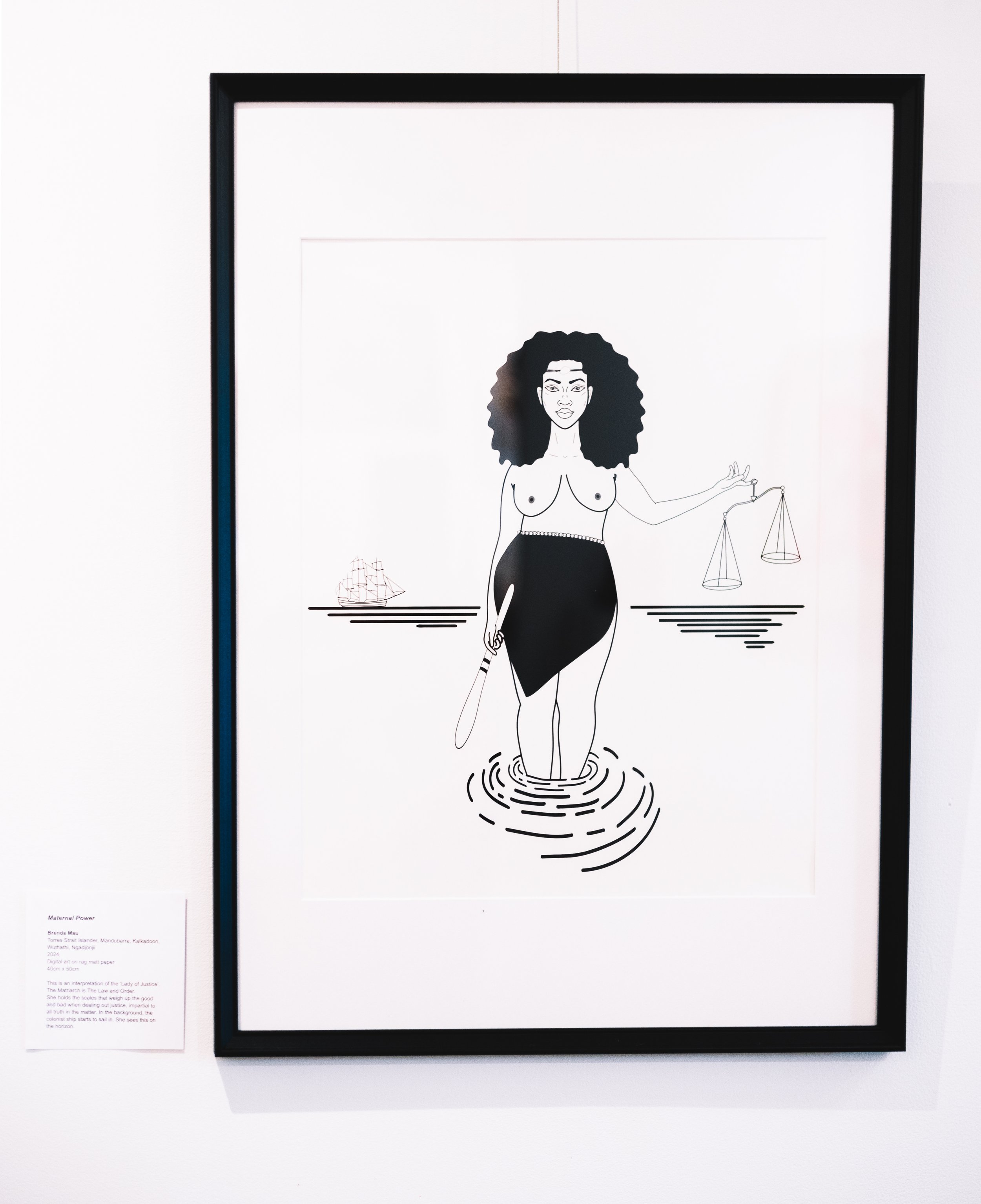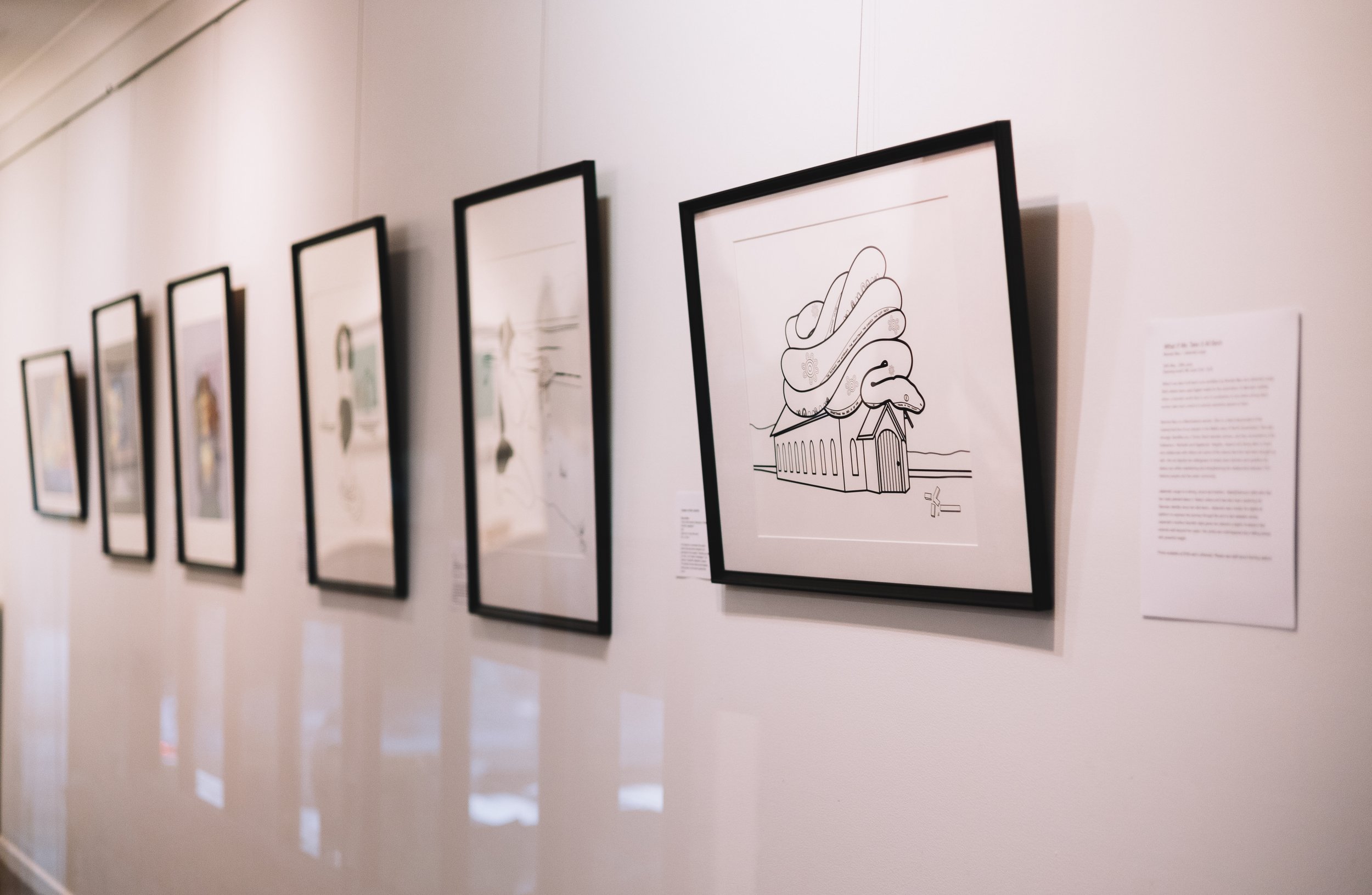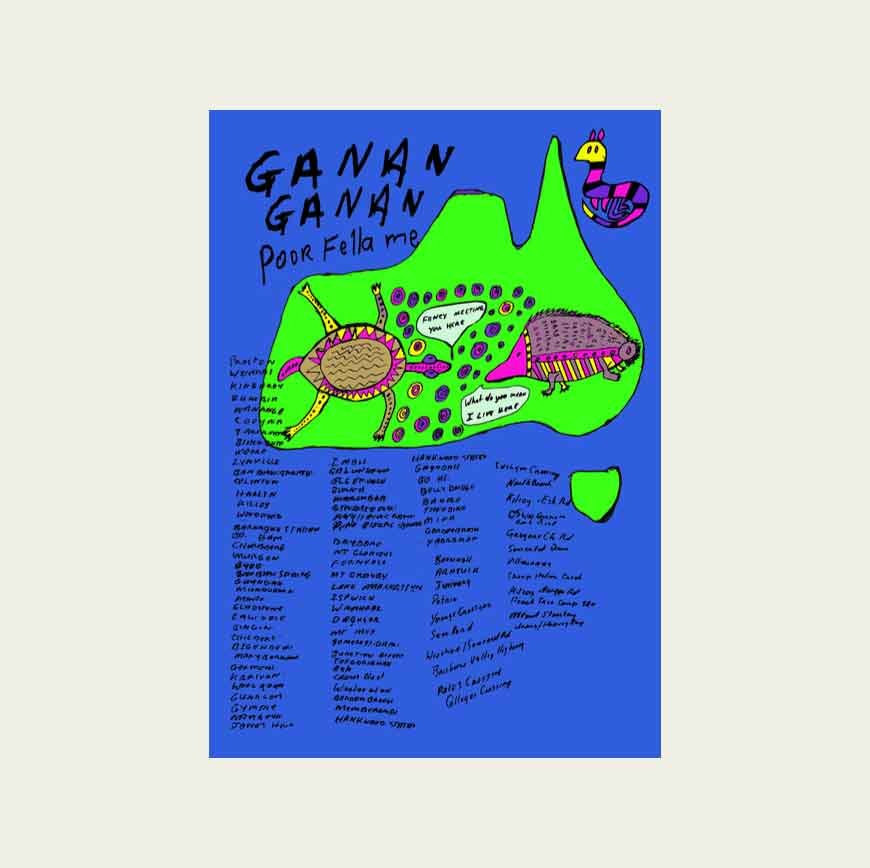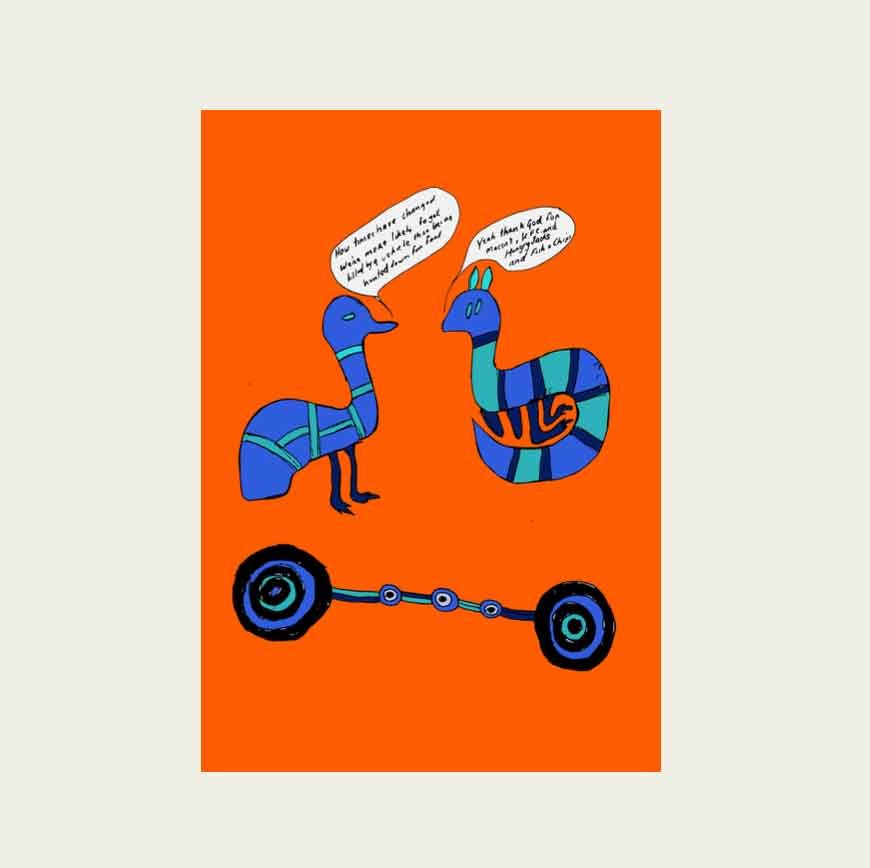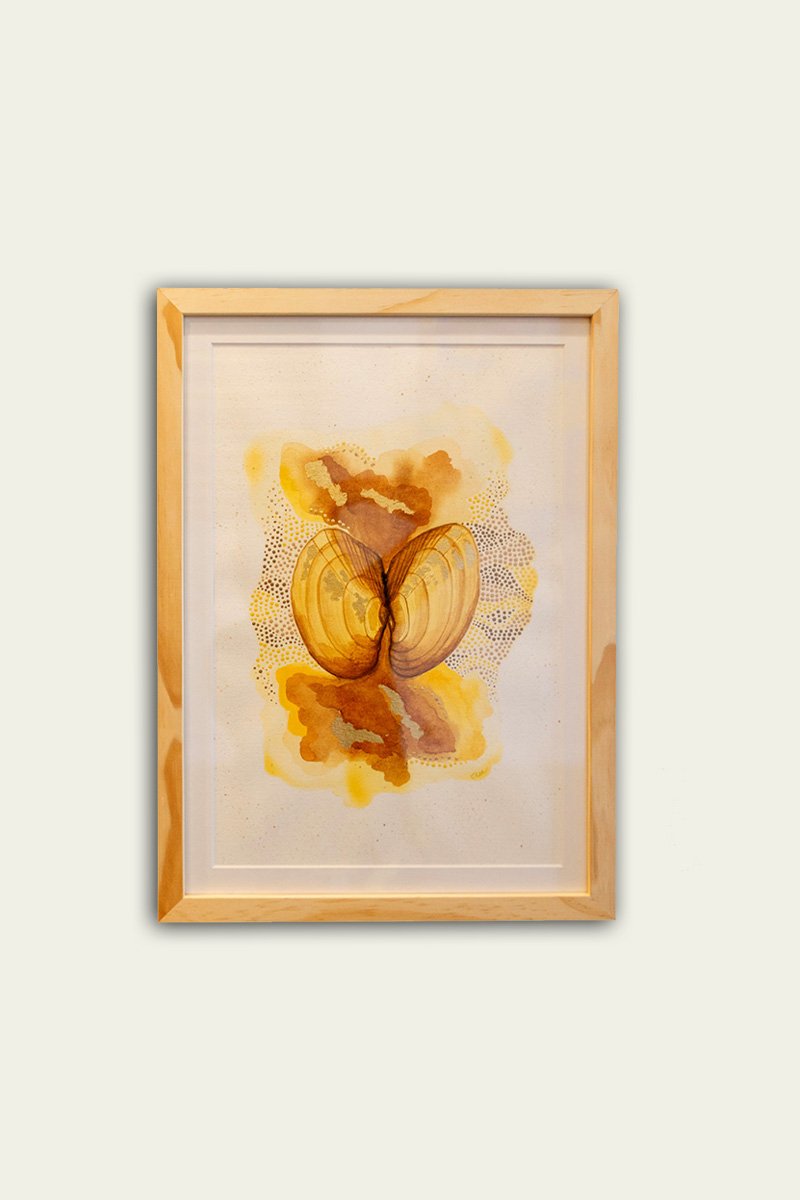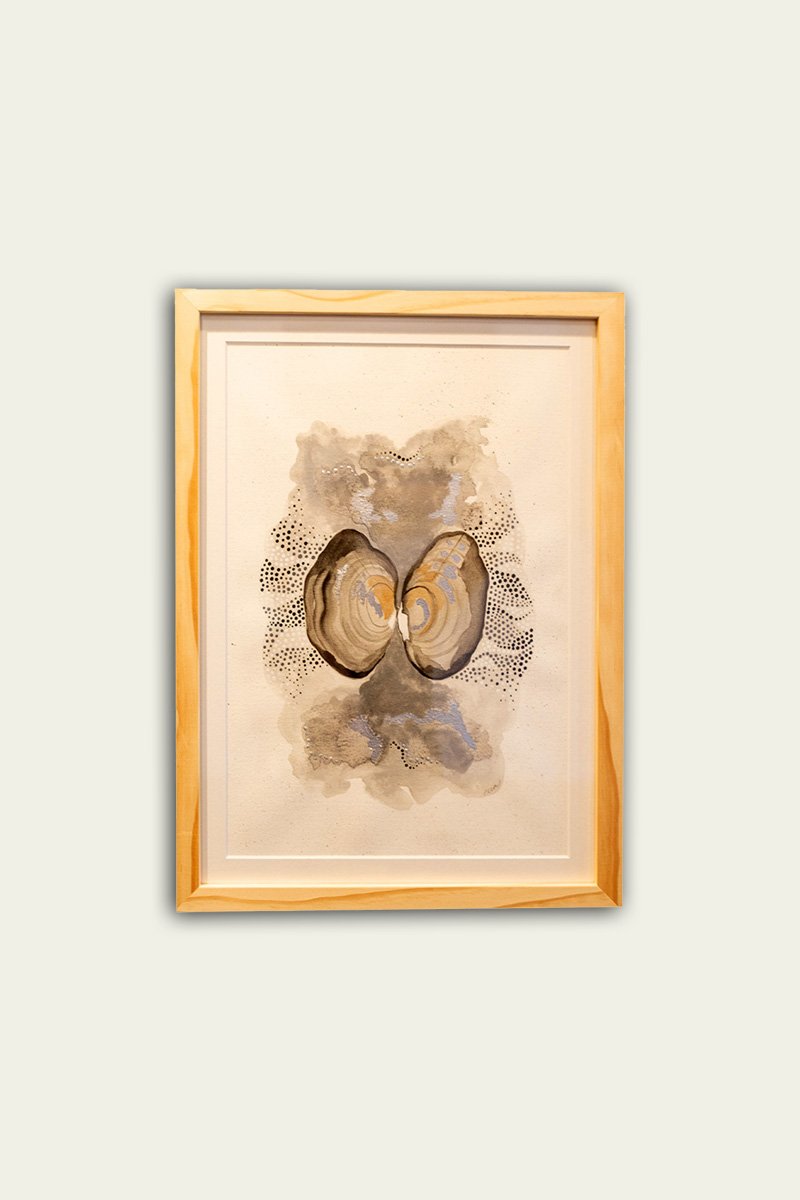ENID MORRIS: Kabi-Kabi and Gungaloo Tribes. Enid has been painting since she was 14 years old, taught how to do Aboriginal art by her mother’s cousin, Uncle Kevin Brunette. Now, at 49 years old, she has been painting for most of her life. She studied at Griffith University, earning a Bachelor of Contemporary Australian Indigenous Art.
There, she learned in-depth art skills and how to research family history, which greatly helped her achieve a higher level of expression in her artwork. Enid began creating colorful Aboriginal art with multiple layers of stories about Country and Dreaming. Over the years, she has learned Ninungurra (the Dungidau word for Dreaming) and had many dreams that have taught her about the Ancestors and Creation Beings. Learning language and dancing has been a blessing, allowing her to experience and express her culture.
Aboriginal culture, as Enid sees it, is a living form, always changing and evolving like a snake shedding its skin—it's the same snake, just with new skin; the same Dreaming, but with new ways to express it. Her Ancestral Totem is the Carpet Snake, her skin Totem is the Kangaroo, her Tribal Totem on her mother’s side is the Fern, and on her father’s side, it is the Dolphin.
ABOUT MIDDEN MOUND DREAMING: This painting is a tribute to the ancient Midden Mounds, which held great significance for Aboriginal people. These mounds were not just piles of discarded items; they were a record of life and death, containing a variety of materials such as charcoal, crabs, animal bones, and shells. Sometimes, even human burial remains were found within these mounds, as people chose to rest eternally in their favorite places.
Midden Mounds were essential for the community, serving a practical purpose by keeping sharp objects like shells and rocks away from living areas, thereby protecting people's feet from injury. Over time, nature would often hide these mounds beneath layers of vegetation, with PigFace flowers and other foliage covering them until erosion revealed their ancient secrets.
Enid grew up on Minjerribah (Stradbroke Island) at One Mile and has vivid memories of a living Midden Mound. As a child, she was taught to carry used shells to this mound, contributing to a tradition that had been practiced for generations. However, Enid also witnessed the mound change over time, as modern rubbish, like glass beer bottles, began to mix with the shells.
In the old days, One Mile had only one way in and out, and cars would often reverse into the mound. Enid would warn people that their tires could pop due to the sharp shells or glass, but few listened—until it happened. Eventually, the mound had to be cleaned up because of the modern waste.
This painting is not just an artwork; it's a reflection on how everything once had its place in traditional culture, where even waste was managed with respect and purpose.


